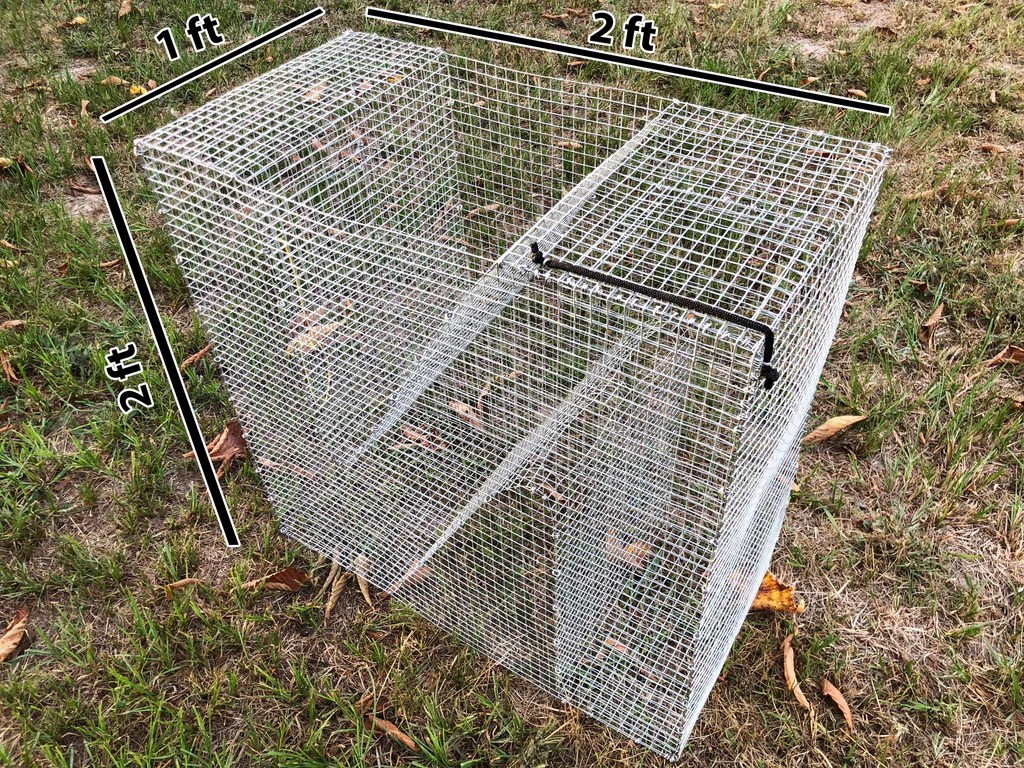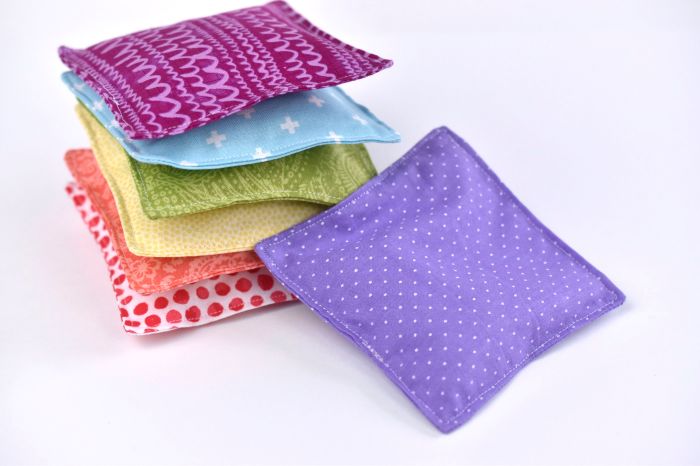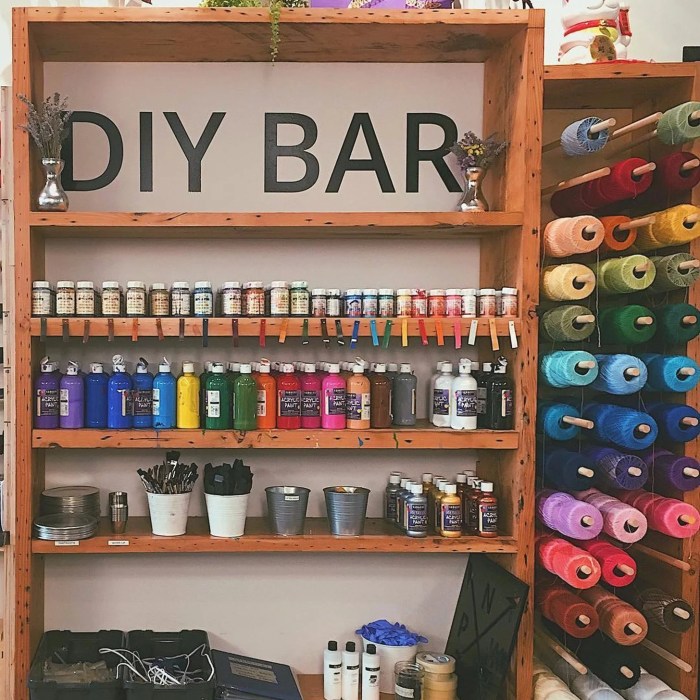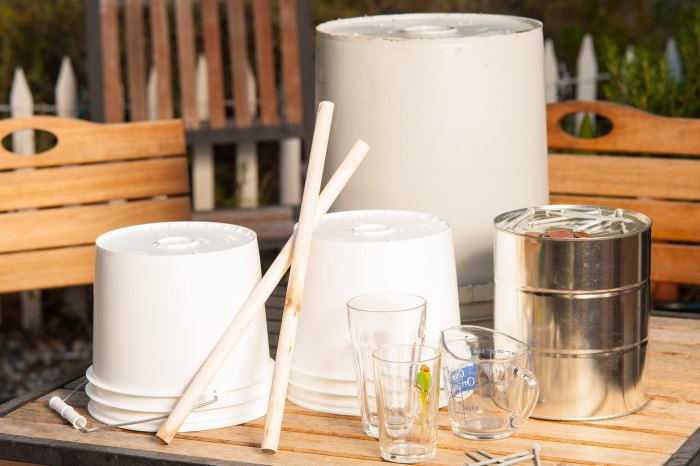DIY fish traps offer a unique and rewarding way to connect with nature while enjoying fresh, sustainably caught fish. From the simple to the more elaborate, these traps are a testament to ingenuity and resourcefulness, allowing you to customize your fishing experience and potentially catch a variety of species.
This guide explores the fascinating world of DIY fish traps, delving into their history, different types, construction methods, legal considerations, and essential safety precautions. We’ll cover everything from choosing the right materials to selecting the perfect bait, ensuring you have a successful and enjoyable fishing adventure.
Types of DIY Fish Traps
DIY fish traps are a popular choice for anglers looking for a more hands-on and cost-effective way to catch fish. These traps come in various designs, each with its own set of advantages and disadvantages. Choosing the right type of trap depends on factors such as the type of fish you are targeting, the location, and the available materials.
Different Types of DIY Fish Traps
DIY fish traps can be broadly categorized into different types based on their design and functionality. Here is a table outlining the key features of each type:
| Type | Description | Materials | Advantages | Disadvantages |
|---|---|---|---|---|
| Bottle Trap | A simple trap made from a plastic bottle with a funnel-shaped opening at the top. | Plastic bottle, wire mesh, bait | Easy to build, inexpensive, portable | Limited catch capacity, not suitable for larger fish |
| Wire Cage Trap | A cage-like structure made from wire mesh with an opening at one end. | Wire mesh, metal rods, bait | Larger catch capacity, durable, can be used for various fish species | More complex to build, heavier than bottle traps |
| Funnel Trap | A trap that uses a funnel-shaped entrance to guide fish into a holding area. | PVC pipe, wire mesh, bait | Efficient for catching fish, can be deployed in various locations | Can be challenging to build, requires specific materials |
| Fish Weir | A barrier built across a stream or river to guide fish into a trap. | Wood, rocks, netting | Can catch large quantities of fish, effective in flowing water | Requires significant effort to build, may impact the natural flow of water |
Materials and Tools for DIY Fish Traps

Building a DIY fish trap requires a combination of materials and tools. The specific materials will depend on the type of trap you are building and the environment you are using it in.
Materials for DIY Fish Traps
This section provides a comprehensive overview of common materials used in DIY fish trap construction, along with their uses, potential alternatives, and key considerations.
| Material | Use | Alternative | Tips | Considerations |
|---|---|---|---|---|
| Wire Mesh | Forms the main structure of the trap, enclosing the fish. | Chicken wire, hardware cloth, plastic netting | Choose a mesh size appropriate for the fish you are targeting. | Ensure the mesh is strong enough to hold the fish and resist corrosion in the water. |
| PVC Pipe | Used for creating the frame or support structure of the trap. | Wooden dowels, metal rods | PVC pipe is lightweight, durable, and easy to work with. | Ensure the pipe is strong enough to support the weight of the trap and resist water pressure. |
| Plastic Bottles | Can be used as bait containers or as part of the trap’s structure. | Glass jars, metal containers | Plastic bottles are readily available and inexpensive. | Ensure the bottles are clean and free of any harmful chemicals. |
| Fishing Line | Used for attaching bait or creating a trigger mechanism. | String, rope | Choose a fishing line that is strong enough for the weight of the bait and the fish you are targeting. | Ensure the fishing line is resistant to water damage and UV exposure. |
| Bait | Attracts fish into the trap. | Worms, insects, bread crumbs, commercial fish attractants | Choose bait that is appealing to the fish you are targeting. | Consider the legality of using certain types of bait in your area. |
| Weights | Used to secure the trap to the bottom of the water. | Rocks, bricks, concrete blocks | Ensure the weights are heavy enough to keep the trap submerged. | Consider the impact of the weights on the environment. |
| Floats | Used to keep the trap visible and prevent it from sinking completely. | Styrofoam, buoys, plastic bottles | Choose floats that are buoyant enough to support the weight of the trap. | Ensure the floats are durable and resistant to water damage. |
Tools for DIY Fish Traps
A variety of tools are needed for building a DIY fish trap, depending on the specific design and materials used.
- Wire cutters: For cutting wire mesh and fishing line.
- Pliers: For bending and shaping wire mesh.
- Scissors: For cutting plastic bottles and other materials.
- Drill: For drilling holes in PVC pipe and other materials.
- Saw: For cutting PVC pipe and wood.
- Screwdriver: For assembling parts of the trap.
- Measuring tape: For accurately measuring and cutting materials.
- Marker: For marking materials before cutting or drilling.
- Gloves: For protection while handling sharp tools and materials.
Sourcing Materials and Tools Cost-Effectively, Diy fish trap
It’s possible to build a DIY fish trap on a budget. Here are some tips for sourcing materials and tools cost-effectively:
- Check local hardware stores: Many hardware stores offer a wide range of materials and tools at competitive prices.
- Shop online: Online retailers often offer discounts and deals on materials and tools.
- Look for used or recycled materials: Consider using recycled plastic bottles, scrap wood, or other materials to reduce costs.
- Borrow tools: If you only need a tool for a short period, consider borrowing it from a friend or neighbor.
- Consider making your own bait: Many types of bait can be made at home using inexpensive ingredients.
Step-by-Step s for Building a DIY Fish Trap

This section will guide you through the process of constructing a simple and effective DIY fish trap using readily available materials. This type of trap is particularly suitable for catching small to medium-sized fish in rivers, lakes, or ponds.
Building a DIY Fish Trap: A Step-by-Step Guide
To construct this DIY fish trap, you will need the following materials:
– A sturdy plastic bucket with a lid
– A piece of fine-mesh netting
– A length of strong string or rope
– A few small rocks or weights
– A pair of scissors
– A marker
Here is a step-by-step guide to building your own fish trap:
Step 1: Prepare the Bucket
Cut a circular hole in the center of the bucket lid, slightly smaller than the diameter of the bucket’s opening. Ensure the hole is large enough for fish to enter but small enough for them to be trapped inside.
Step 2: Attach the Netting
Cut a piece of netting that is slightly larger than the bucket’s opening. Attach the netting to the underside of the lid’s opening using string or rope, creating a funnel-like structure that allows fish to enter but prevents them from escaping.
Step 3: Secure the Weights
Attach a few small rocks or weights to the netting around the edges of the lid’s opening. This will help to keep the netting submerged and prevent the trap from floating away.
Step 4: Bait the Trap
Place a small amount of bait inside the bucket, such as worms, bread crumbs, or fish pellets. This will attract fish to the trap.
Setting and Retrieving the Trap
– Choose a suitable location in the water where there is a good flow of current.
– Submerge the bucket in the water, ensuring the opening is facing the current.
– Secure the trap using a strong string or rope to a nearby object, such as a tree branch or a rock.
– Check the trap regularly to see if any fish have been caught.
– When retrieving the trap, carefully lift it out of the water and remove any caught fish.
– Return any unwanted or undersized fish back to the water.
Important Considerations
– Always follow local fishing regulations and obtain any necessary permits before setting a fish trap.
– Avoid using traps in areas with endangered or protected species.
– Be mindful of the environment and ensure that the trap does not harm or entangle any other wildlife.
– Use a variety of baits to attract different types of fish.
– Regularly check and maintain the trap to ensure its effectiveness and prevent damage.
Example of a Fish Trap Design
| Step | Description | Illustration | Notes |
|—|—|—|—|
| 1 | Prepare the bucket | [Image: A bucket with a lid] | Use a sturdy plastic bucket with a lid. |
| 2 | Cut a hole in the lid | [Image: A bucket lid with a circular hole cut out] | The hole should be slightly smaller than the bucket’s opening. |
| 3 | Attach the netting | [Image: A piece of netting attached to the underside of the lid’s opening] | The netting should be slightly larger than the bucket’s opening. |
| 4 | Secure the weights | [Image: Small rocks or weights attached to the netting] | This will help to keep the netting submerged. |
| 5 | Bait the trap | [Image: A bucket with bait inside] | Use a small amount of bait, such as worms, bread crumbs, or fish pellets. |
| 6 | Set the trap | [Image: The bucket submerged in water] | Choose a suitable location in the water where there is a good flow of current. |
| 7 | Retrieve the trap | [Image: The bucket being lifted out of the water] | Carefully lift the trap out of the water and remove any caught fish. |
Whether you’re a seasoned angler or a curious beginner, the world of DIY fish traps offers endless possibilities for exploration and discovery. By understanding the fundamentals of trap design, construction, and ethical fishing practices, you can create your own personalized fishing experience that is both rewarding and sustainable. So, gather your materials, embrace your creativity, and embark on a journey to build your own DIY fish trap, connecting with nature and enjoying the bounty of the waters.
Building a DIY fish trap can be a fun and rewarding project, especially if you’re looking for a sustainable way to catch your own seafood. However, remember to prioritize safety and follow local regulations. If you’re struggling with anxiety or depression, consider exploring treatment options like zoloft generic. Taking care of your mental health is just as important as your physical well-being, and seeking help can make a world of difference.
Once you’ve addressed your mental health, you can return to focusing on your DIY fish trap project with renewed energy and focus.




